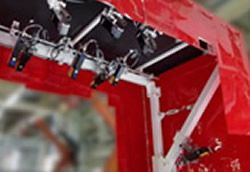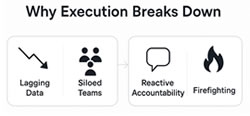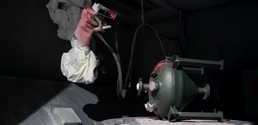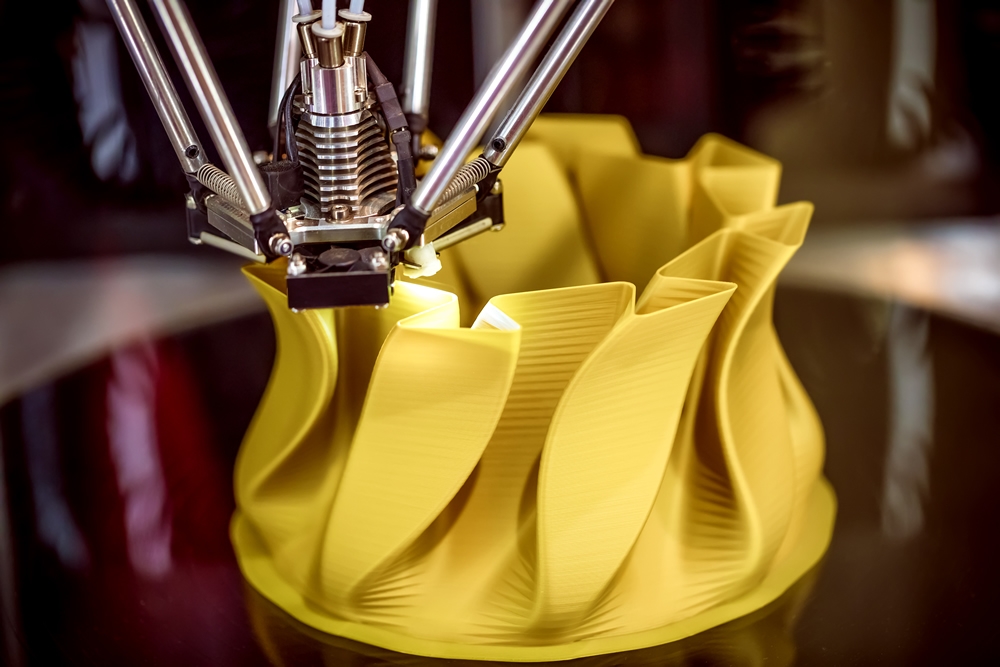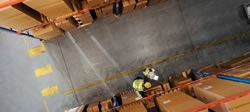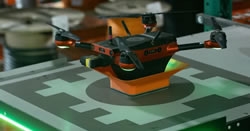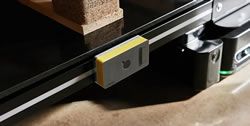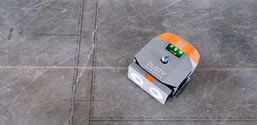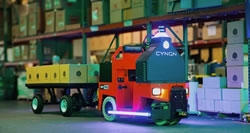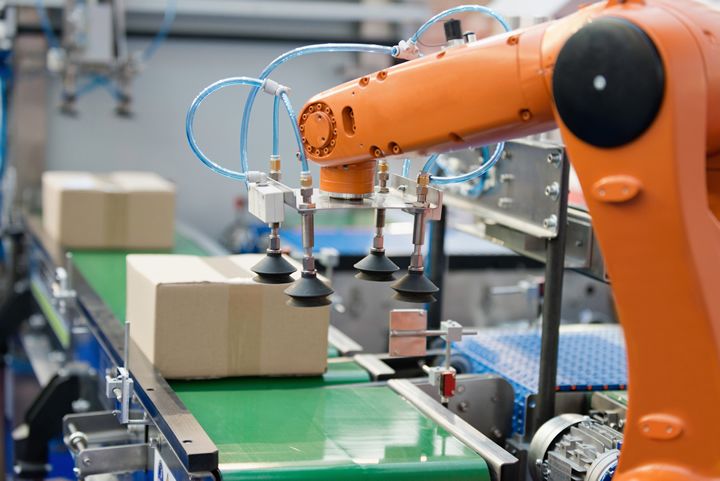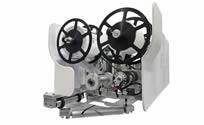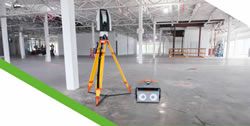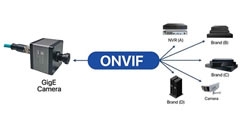CASE STUDY STT SYSTEMS and STEMMER IMAGING: AUTOMOTIVE BOLT INSPECTION SYSTEM WITH GOCATOR SMART 3D LASER PROFILERS
How U.S. Manufacturing VPs Can Close the Execution Gap — The New Playbook for Operational Excellence
The Right 3D Vision Scanner for Robotic Programming: Laser Profilers vs Structured Light Scanners in Industrial Automation
What are the motion control requirements for additive manufacturing machines?
What is Agentic AI and is it here to stay?
Automation Solutions Mergers & Acquisitions Update
How LAPP Rebuilt Its Inventory Process with Autonomous Drones
Sonair's ADAR 3D Ultrasonic Sensor
Optimizing Wheel Drives for AGVs and AMRs: What OEMs Need to Know About Motion Control
Moving Construction from Digital Design to Physical Reality
Fully Autonomous Vehicles for Repetitive Hauling in Manufacturing
Designing Human-Centric Automation: The Next Evolution of Robotics in the Supply Chain
Decorating plastics with robotic precision
Precision Measurement Technology Combined With Autonomous Robots
Deep Dive into integration challenges of ONVIF-compliant GigE cameras and how ONVIF enhances interoperability
Records 16 to 30 of 2067
First | Previous | Next | Last
Featured Product

Strain Wave Gearheads by maxon - Highly precise, compact, and efficient.
Robotics and Automation - Featured Company


